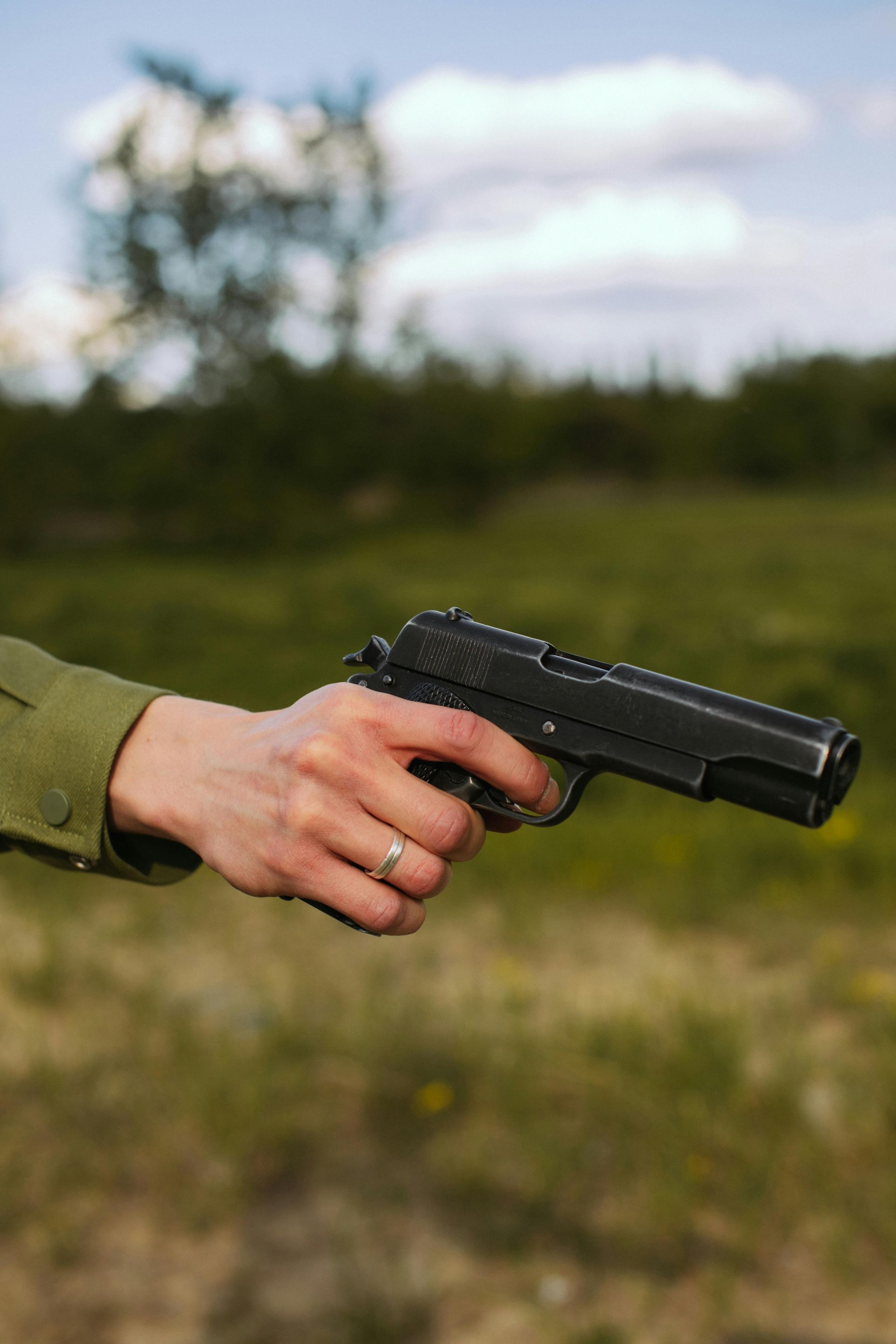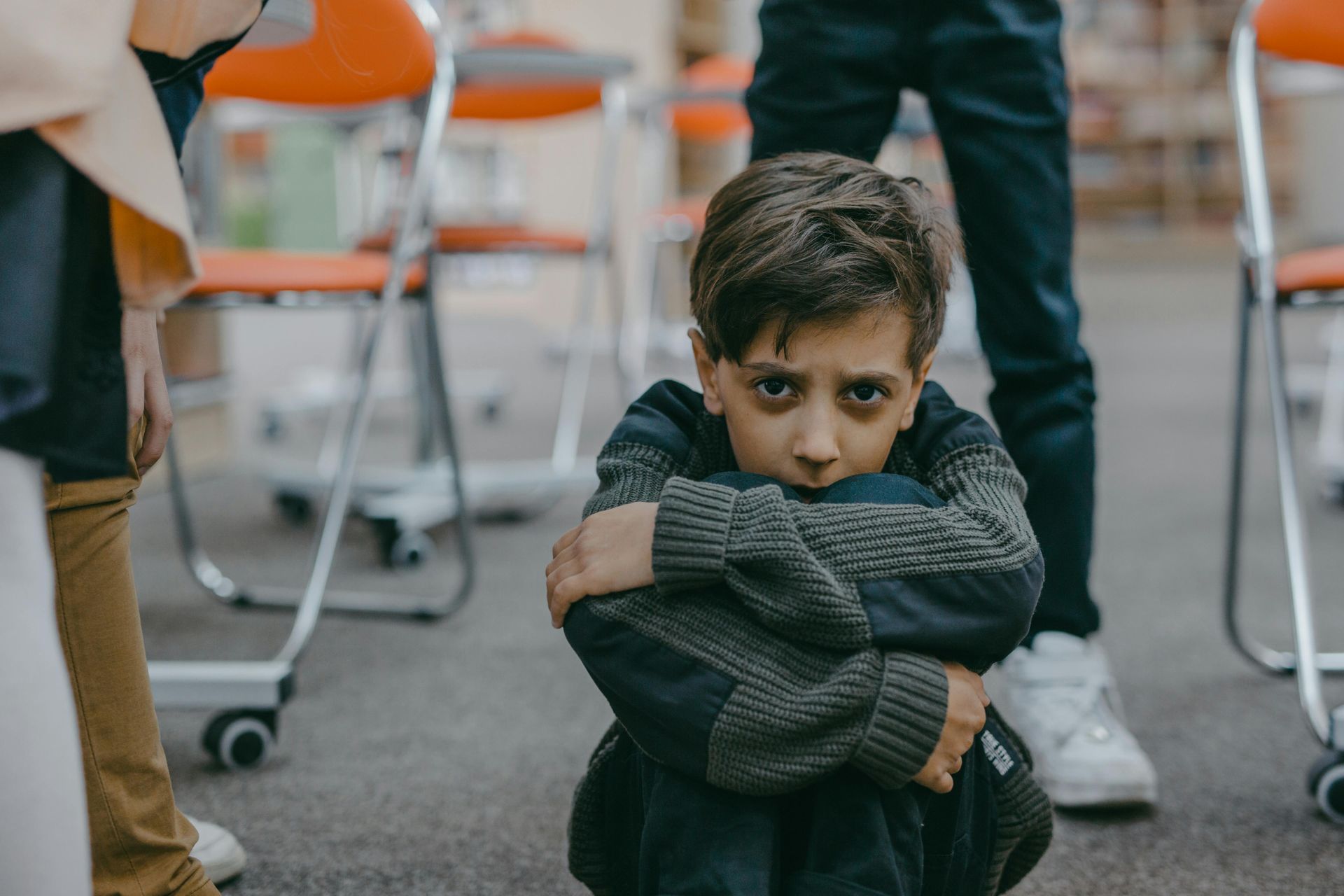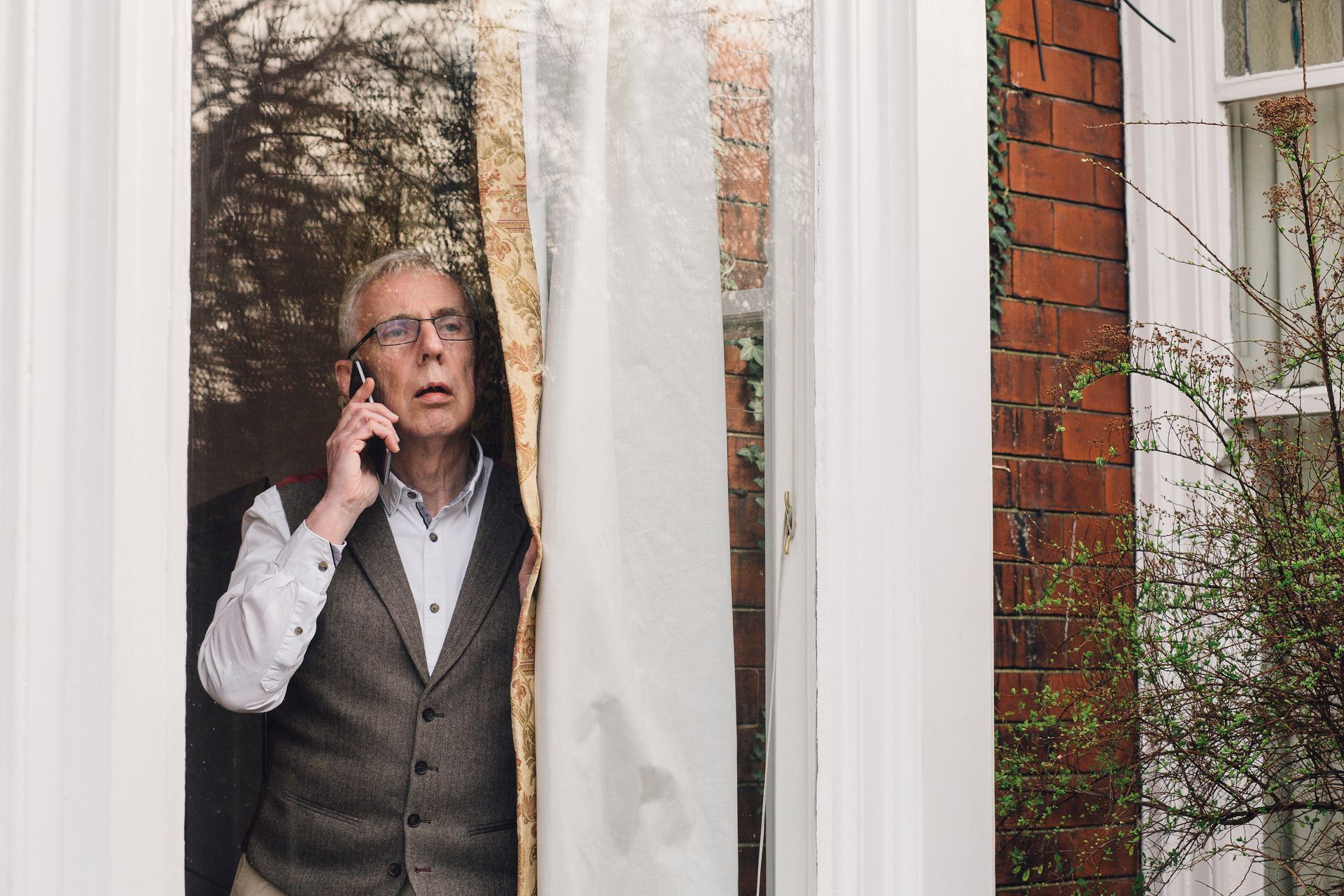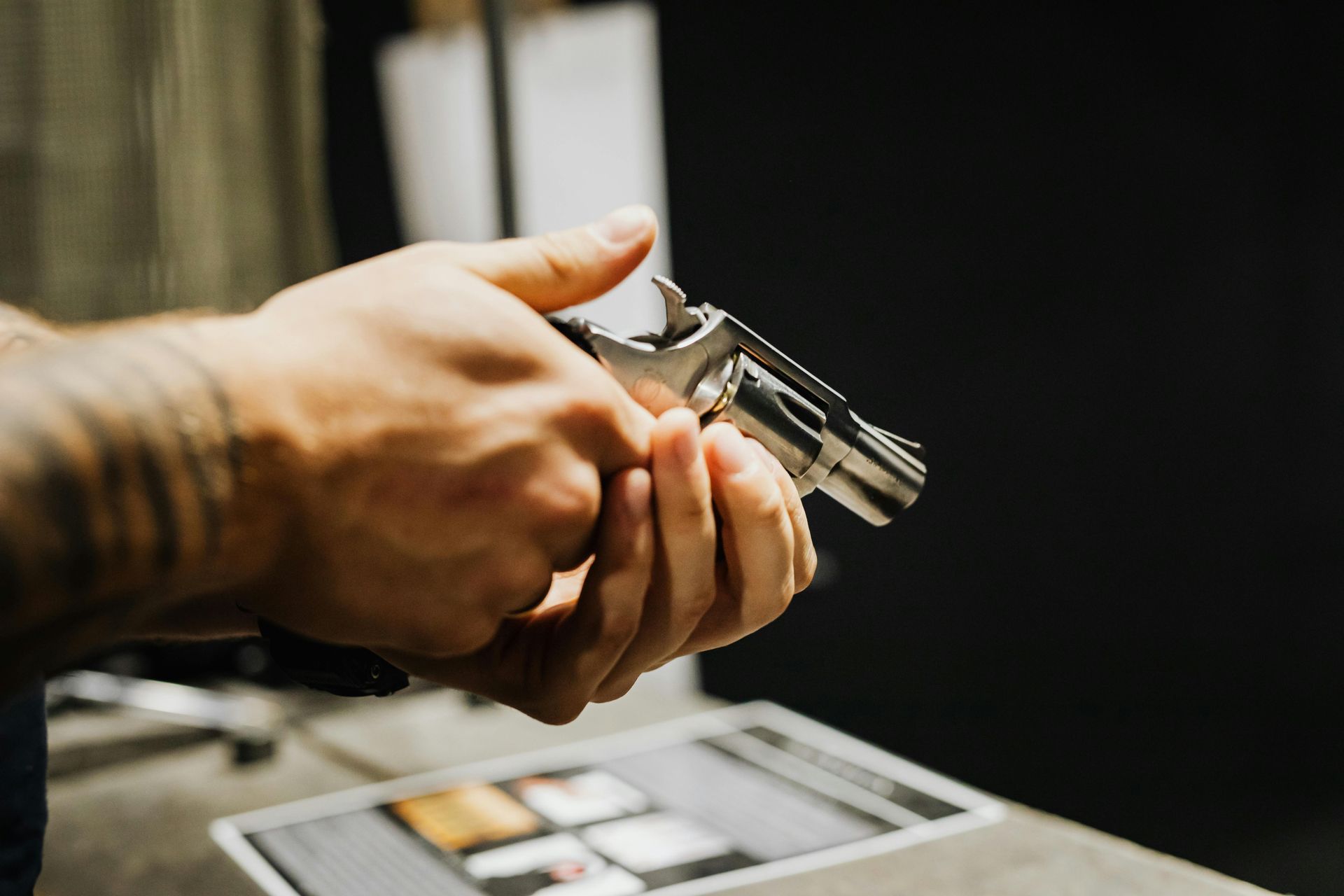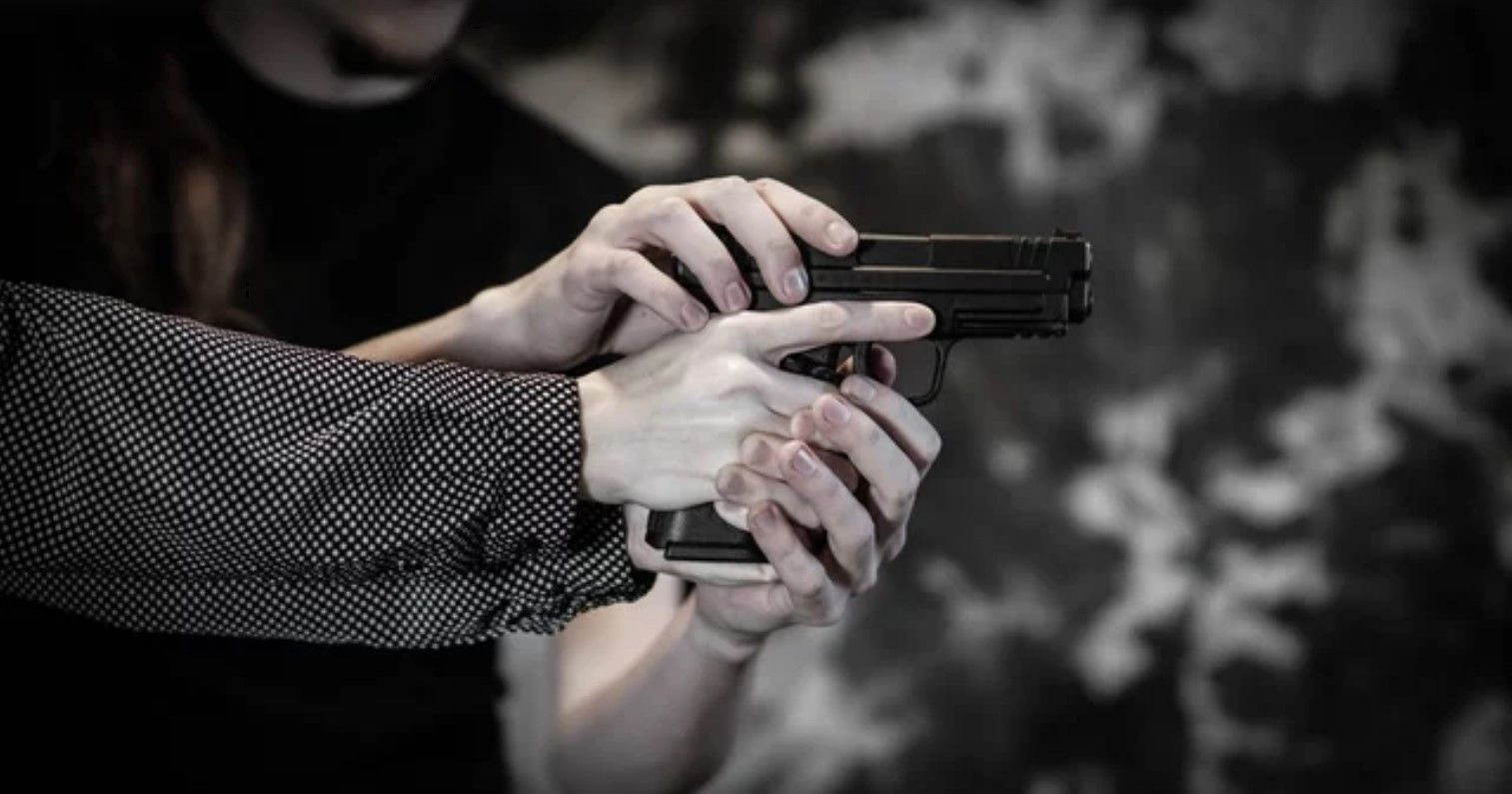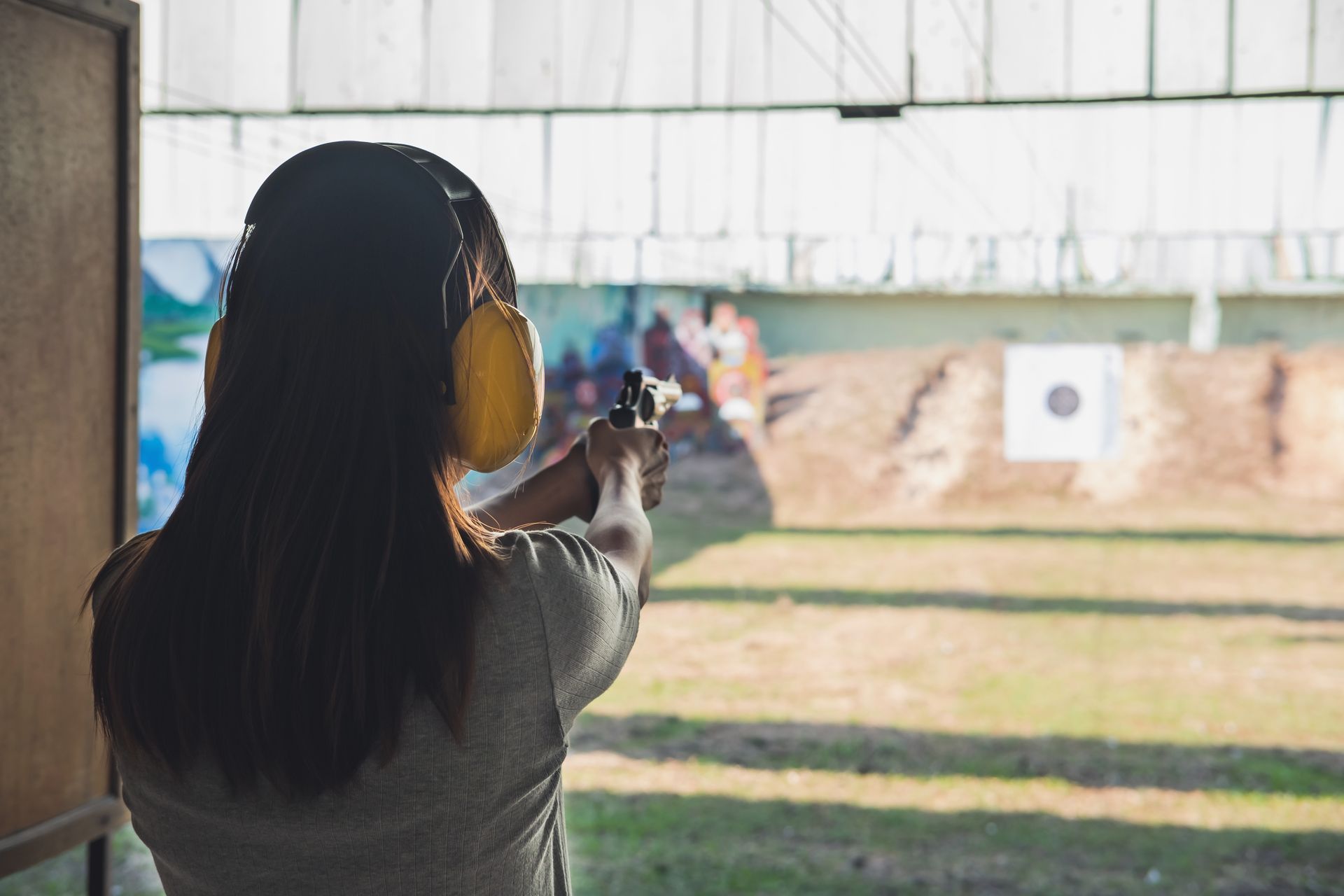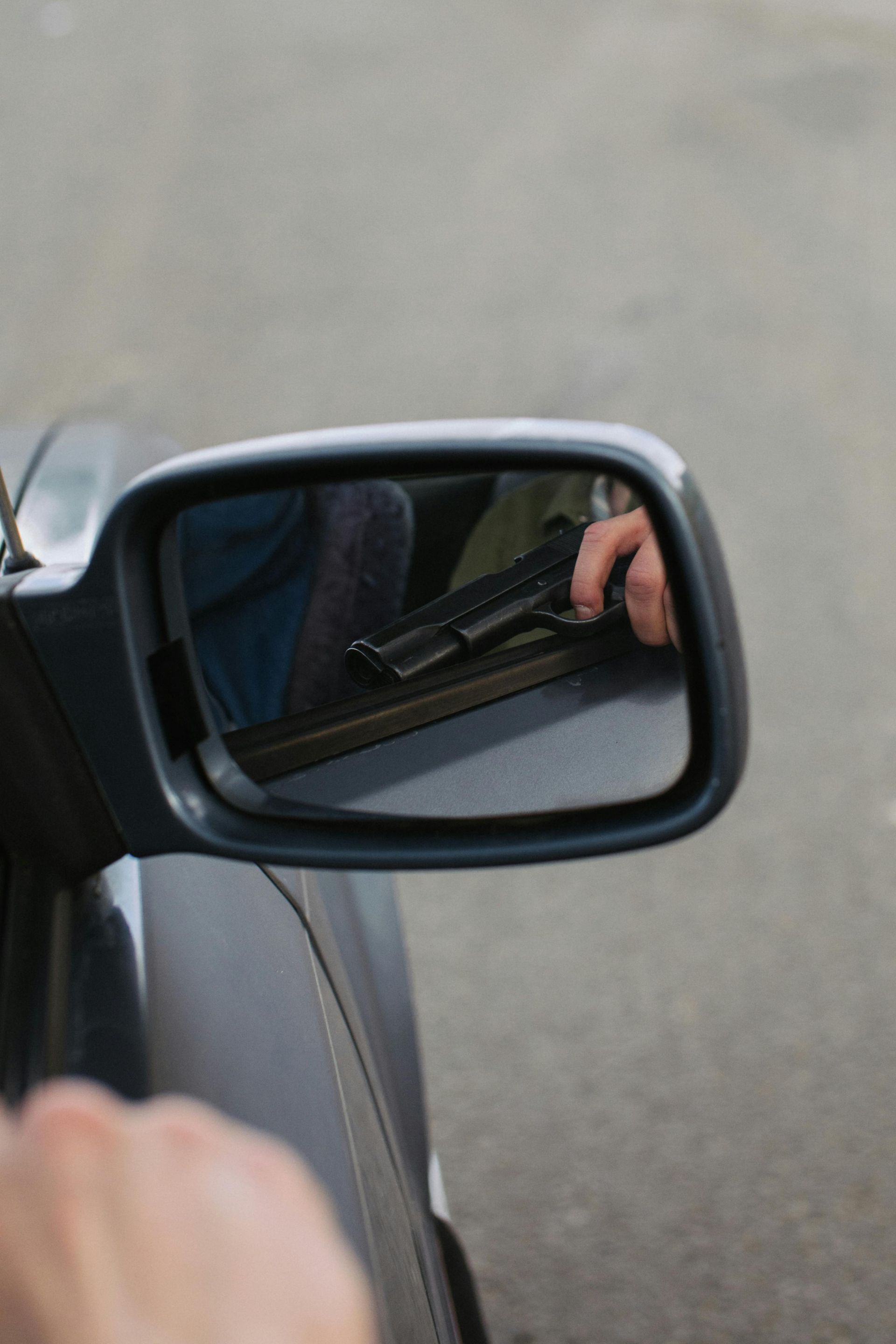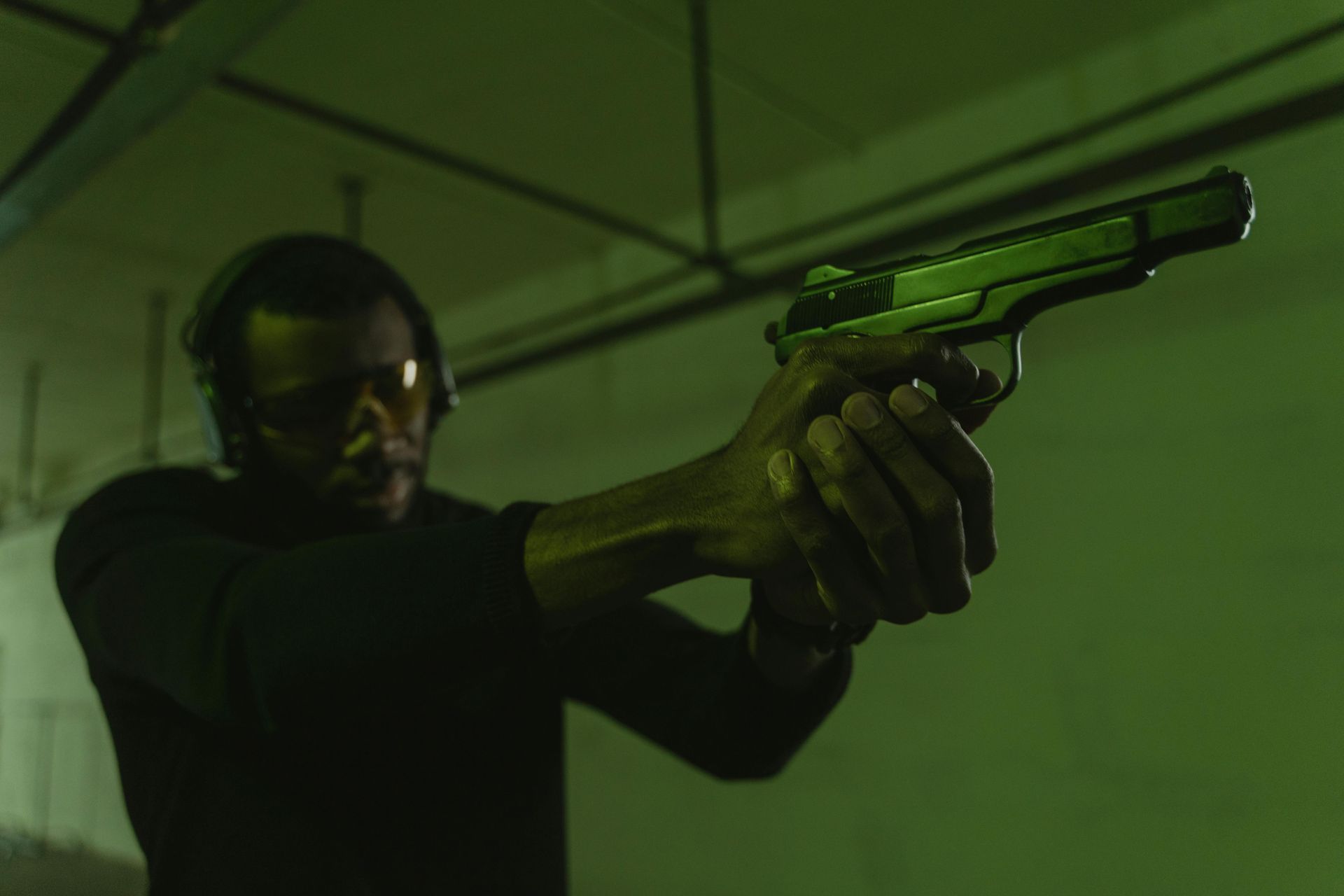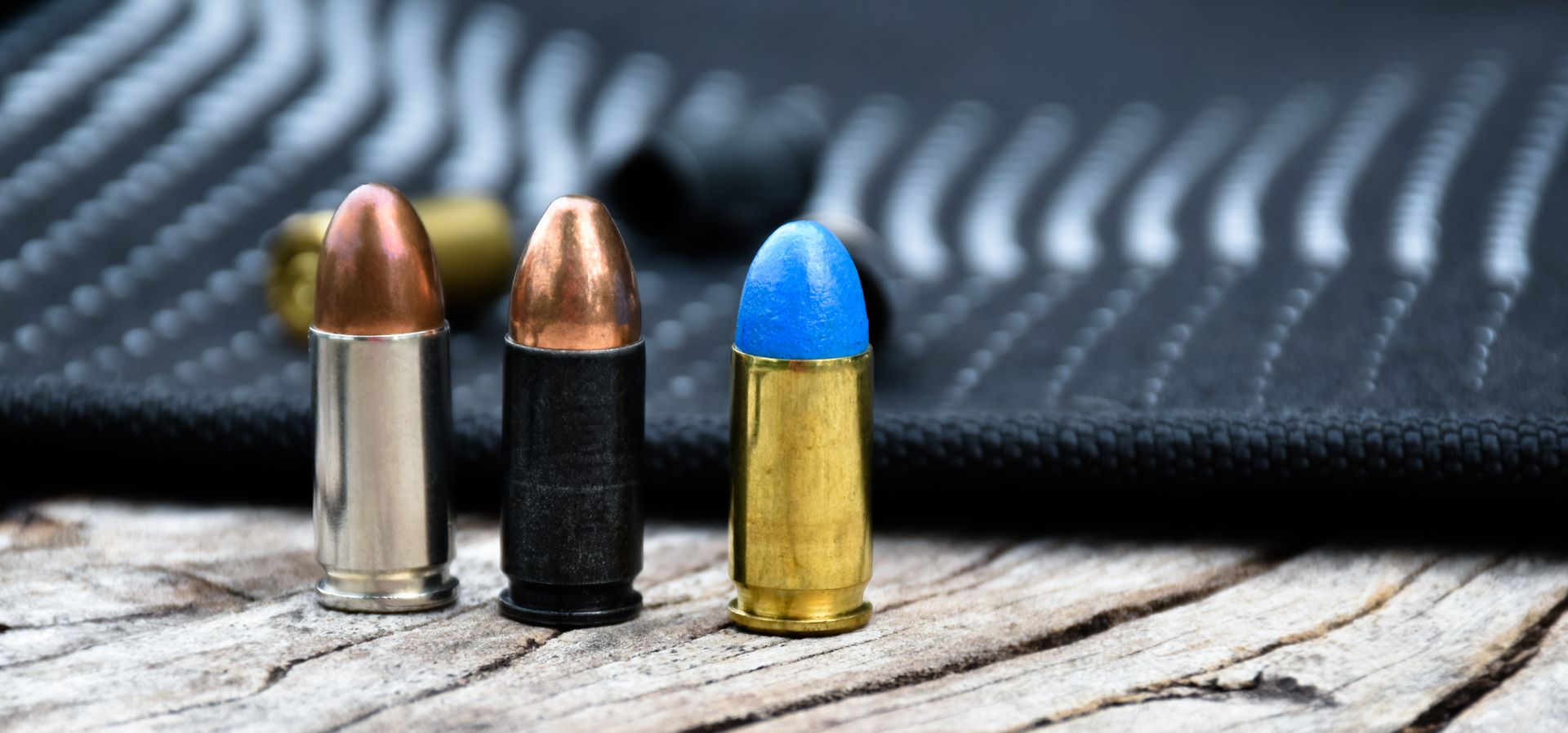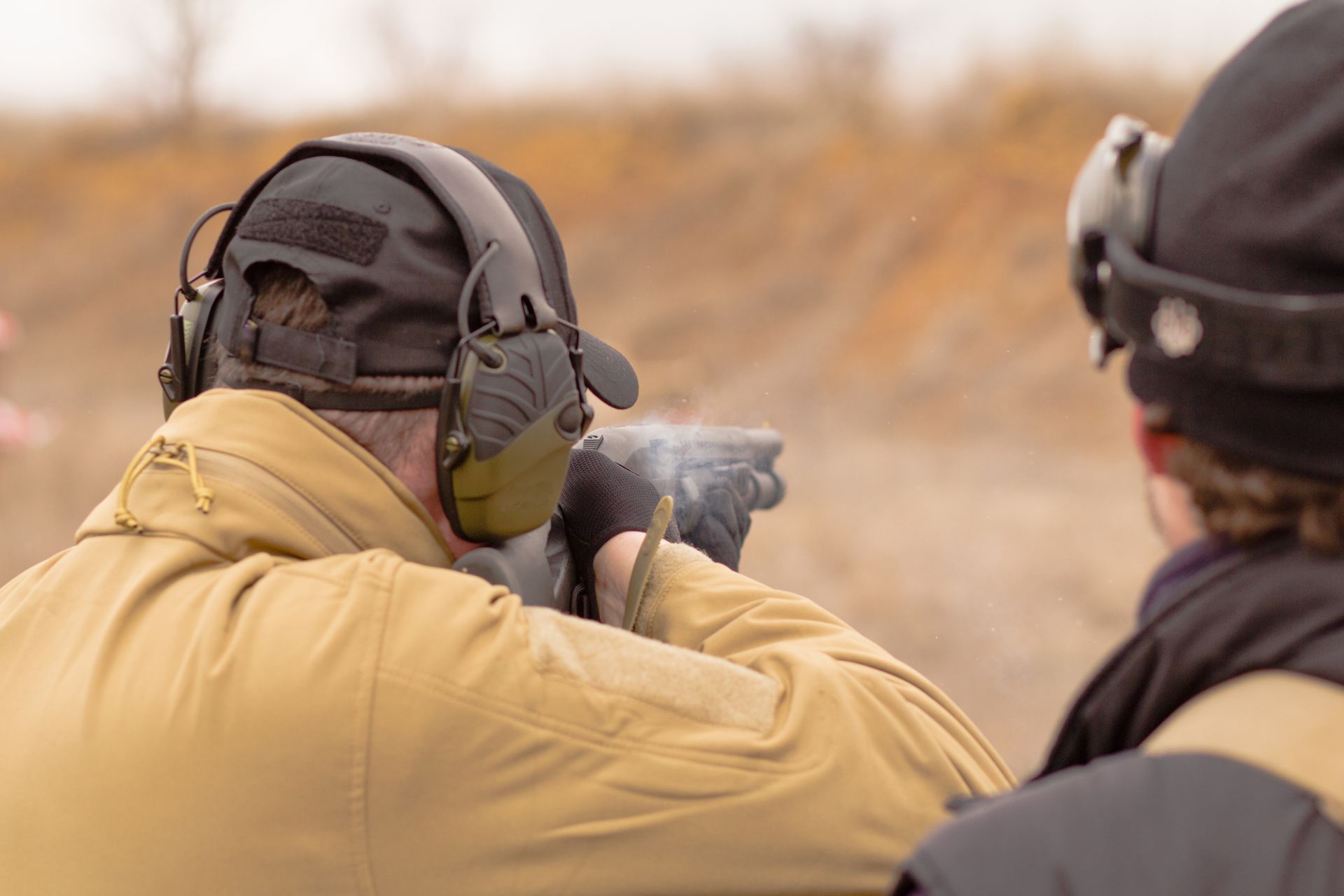Active Shooter Response Training: Critical Skills Everyone Should Know
Nobody ever expects to be in the middle of an active shooter situation. It is not something you schedule into your calendar or prepare for on your average Monday morning. But the uncomfortable truth is that these events can happen anywhere. Schools, offices, shopping malls, places of worship, and public events are all potential targets.
That is why active shooter response training has become an essential part of safety preparedness for everyone. It is no longer just a tool for law enforcement or security personnel. It is for teachers, business owners, employees, students, parents, and anyone who spends time in public places.
This blog will walk you through why this training matters, the
skills needed for high-stress scenarios in public settings, and how it can empower you to stay calm and safe under pressure.
Beyond Boundaries
Why Active Shooter Response Training Is More Important Than Ever
The rise in mass shooting incidents is not a trend we like to acknowledge, but it is a reality we cannot ignore. Unfortunately, many people are still unprepared for how to respond if faced with a life-threatening situation.
Here's why this training is no longer optional:
- Most incidents are over within minutes: The average active shooter event lasts 10 to 15 minutes. First responders may not arrive until after it is already over. Your actions in those first few moments matter more than anything.
- Untrained responses can cost lives: Freezing, hiding in unsafe spots, or panicking can lead to devastating outcomes. Training helps you stay focused and make better choices.
- Preparedness reduces panic: When you know your options and how to act, fear no longer takes the wheel. Confidence replaces confusion.
- These incidents can happen anywhere: Whether you are at a school, church, movie theater, or grocery store, active shooter scenarios can occur in any public setting.
Knowing what to do does not make you paranoid. It makes you prepared.
Top Skills Needed for High-Stress Scenarios in Public Settings
In a crisis, the mind can go into fight, flight, or freeze mode. The goal of active shooter response training is to prepare you so thoroughly that your body knows what to do before panic takes over.
Let’s look at the most valuable skills needed for high-stress scenarios in public settings:
1. Situational Awareness
This is your first line of defense. Being aware of your surroundings can give you a head start in reacting to danger.
- Scan rooms for exits
- Notice unfamiliar people or behaviors
- Position yourself near exits when possible
- Observe without being paranoid
2. Quick Decision-Making
High-stress situations leave little time for second-guessing.
- Know when to run, hide, or fight
- Decide based on what is happening, not just what you hope will happen
- Trust your training and instincts
3. Movement and Escape Tactics
Sometimes you need to move fast and smart.
- Stay low and quiet
- Use barriers as protection
- Know how to break windows or unlock doors in an emergency
4. Communication
Clear communication can save lives.
- Know how to calmly direct others
- Use hand signals when silence is necessary
- Call 911 with clear details about location and threat
These skills can be learned and practiced. You do not have to be a tactical expert to become someone who stays sharp in a crisis.
Run, Hide, Fight: What It Really Means
The Department of Homeland Security promotes the "Run, Hide, Fight" strategy. It sounds simple, but each step has depth. In active shooter response training, you learn how and when to apply each one.
Run
- If you can safely escape, do so immediately
- Leave your belongings behind
- Help others if possible, but do not let them slow you down
- Put distance between you and the shooter
Hide
- Find a secure hiding place
- Lock and barricade the door
- Silence phones and stay as quiet as possible
- Avoid open spaces and windows
Fight
- Only when your life is in immediate danger
- Use anything available as a weapon
- Act with full force and surprise
- Work with others to overpower the attacker
This model gives you a plan of action when seconds count. Having a framework in your mind can replace panic with purpose.
Who Needs Active Shooter Training? Everyone. Seriously.
It is easy to assume that only people in high-risk environments need this kind of training. But the fact is, anyone who spends time in public should learn how to respond to a potential threat.
People who benefit most from this training include:
- Teachers and school staff: Schools are often targets, and staff need to protect both themselves and students.
- Office employees: Corporate environments may not seem dangerous, but shootings have happened in workplaces.
- Retail and hospitality workers: These spaces are open to the public and often full of distractions.
- Churchgoers and volunteers: Places of worship are vulnerable because they are welcoming by design.
- Everyday civilians: Anyone attending a concert, movie, fair, or sporting event should know what to do if danger arises.
This training is not about turning you into a soldier. It is about giving you the tools to respond when seconds matter most.
Contact Lake Brownwood Firearm for Active Shooter Response Training in Brownwood, TX
Be Prepared. Not Paralyzed.
When a crisis strikes, the unprepared freeze while the trained take action. At Lake Brownwood Firearm, we help ordinary people become capable, confident, and ready to protect themselves and others. Our active shooter response training is grounded in real-world experience and designed for civilians in public settings.
We proudly serve Brownwood, TX, and the surrounding areas, offering not only mass shooter response training but also gun safety classes and school safety training. If you are ready to learn how to act under pressure, call us today at (325) 203-8899. Do not wait until it is too late to get prepared.
FAQs
Who should take active shooter response training?
Anyone who works in or visits public spaces can benefit from this training. That includes employees, students, parents, clergy, and business owners.
How long is the training?
Most courses range from 2 to 4 hours, depending on the depth of training and how many scenarios are included.
Is the training physically demanding?
Not at all. The focus is on decision-making, awareness, and safe response strategies. Anyone can participate regardless of age or physical ability.
Does this training involve firearms?
No. Active shooter response training teaches unarmed defense and survival tactics. Firearm training is offered separately through our gun safety classes.
How often should I refresh my training?
We recommend refreshing your training annually or whenever your workplace or environment changes significantly.


